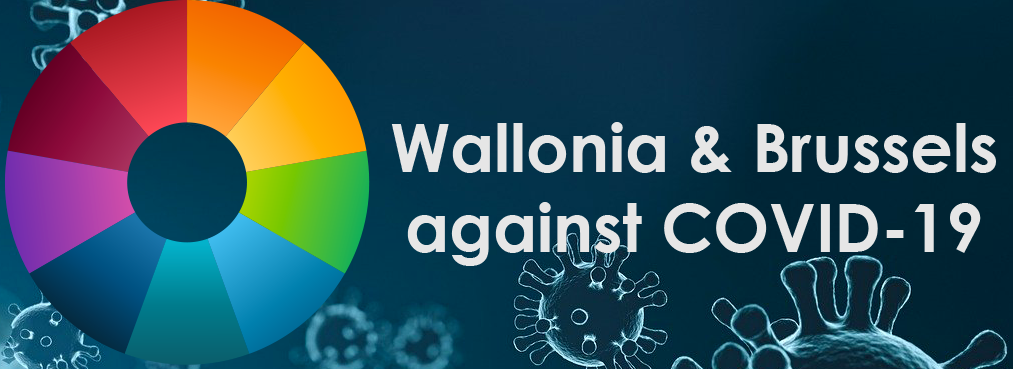Pierre-Guillaume Méon
ULB
" The project aims at assessing the impact of holding municipal elections in France on the spread of the covid-19 epidemic by studying the relationship between turnout and the spread of the disease in areas at different stages of the epidemic. "
Funding: We have applied for a grant from FNRS.
Contact: This email address is being protected from spambots. You need JavaScript enabled to view it.
Comment: The project is at the data collection stage. No results are available yet.


